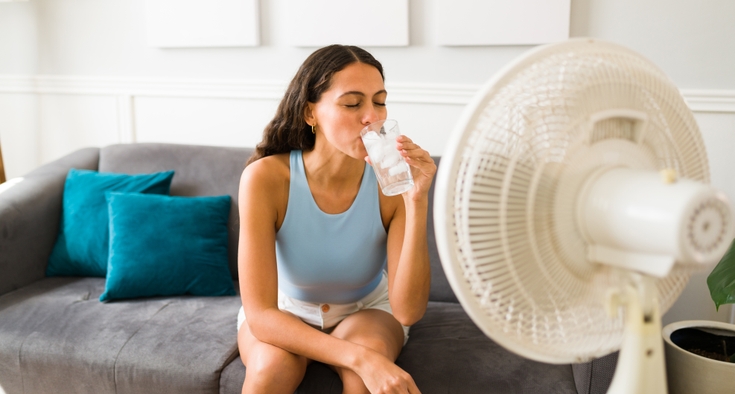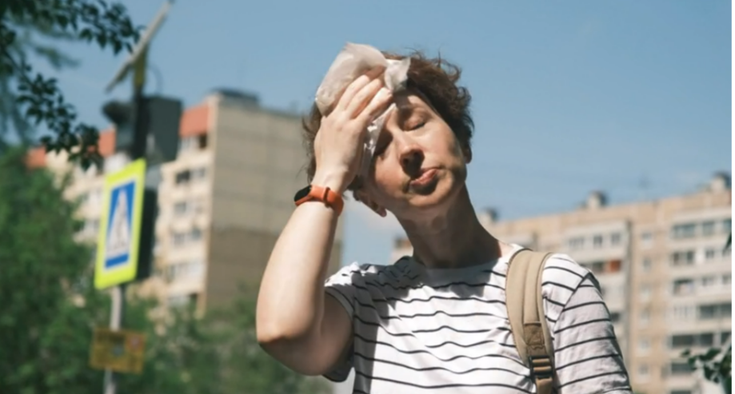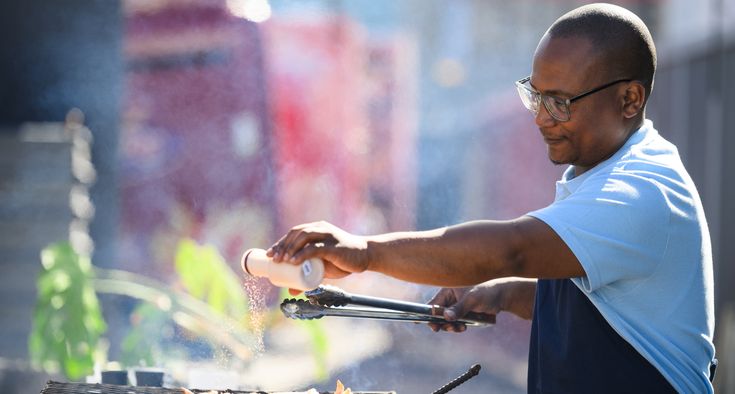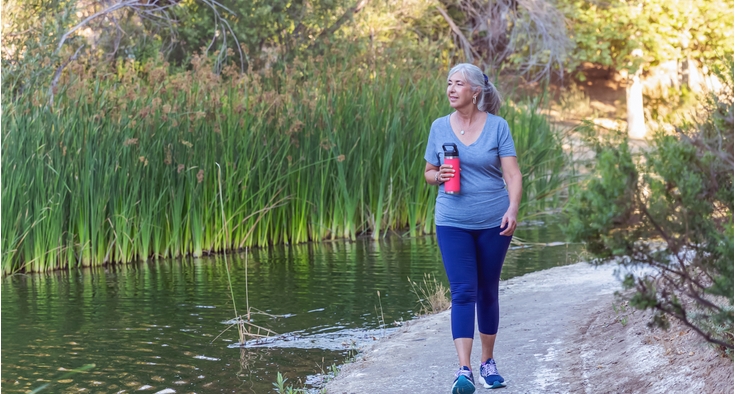It’s been an exceptionally hot summer, especially on the North Carolina coast where the heat index has topped 100 degrees.
And because extreme heat is a persistent threat throughout the U.S., it’s important to go beyond the obvious safety measures — drinking plenty of water and protecting your skin from the sun — in order to keep cool.

“Anybody is at risk of a heat-related illness, especially people who work outside,” Rand Pennington, a Novant Health family nurse practitioner, recently told Cape Fear’s WWAY News.
Many on the North Carolina coast are inclined to head to the beach on the hottest days. But the lack of shade there can be hazardous. Pennington suggests, if you’re outside, taking lots of breaks and finding a place in the shade with a canopy or umbrella, as well as packing plenty of hydrating beverages that include electrolytes.
“We recommend drinking things like Gatorade or Pedialyte,” Pennington said.
But really, when heat indices climb to more than 100 degrees, it’s best to stay inside, safe from the heat, humidity and UV radiation. That’s because the body’s ability to regulate temperature is most effective indoors with the help of air conditioning, Pennington explained.
Get the care you need in minutes with an on-demand online video visit.
Here are 5 ways to avoid heat risks and keep cool, even on the hottest days of the year.
Block out the sun.
Resist the temptation to open your windows, which will only make your home hotter and more insufferable. Instead, pull the shades or blinds to darken the room. Thermal-insulated or blackout curtains, which often have a reflective lining, are also effective at blocking heat transfer. Make sure to draw the curtains before bedtime; covering up windows facing east means not waking up to a scorcher at breakfast.
Increase evaporation.
“By sweating, our bodies naturally cool down through the process of evaporative cooling,” Pennington said. You can increase this process by combining cool water with moving air. Try standing under a quick, cold blast of water in the shower then sitting under a ceiling fan. You can use this technique on the go too, using a spray bottle and car air conditioning. A wet bandana, or a cold compress you can find at your local pharmacy, can provide fast relief by absorbing heat from your head and neck. Breathable clothing is a must (no polyester!) to allow moisture to evaporate off the skin. Linen, cotton and silk allow for optimal airflow.
Adjust your ceiling fans.
While central air conditioning is a luxury for many, fans can bring some relief — but only if they’re spinning the right direction. Make sure you set them to turn counterclockwise. In other words, the fan should spin to the left. You can change your ceiling fan’s direction by locating the reversing switch, usually located on the fan’s motor housing. Of course, fans don’t make the temperature drop — that’s what A/C is for — but your body will feel cooler as the air flow against your skin wicks the sweat. As an added bonus, ceiling fans can save you money on your air conditioning bill. The Department of Energy reports that if you use a ceiling fan during the summer months, you can get away with raising your thermostat about four degrees with no reduction in your comfort.
Take the kids ice-skating.
What could beat a cold sheet of ice on a hot day? Visiting a rink also gets everyone out of the house and moving together — ice skating is great cardiovascular exercise, key for heart and overall health. While water parks are often crowded and pricy, walking through the mall or public library can make for a physical and educational distraction away from the heat. Don’t forget that public cooling centers are usually open on extremely hot days, too.
Cool your snooze.
Can’t sleep due to the heat? Freeze your top sheet! A couple of hours before bedtime, seal your top sheet in an unscented trash bag or gallon zip-top bag and pop it into the freezer. This can keep you cool and calm as you lie down and doze off. As with your clothing, natural sheet fibers like cotton percale, linen and bamboo will work better with this technique than synthetic ones like microfiber and polyester.










